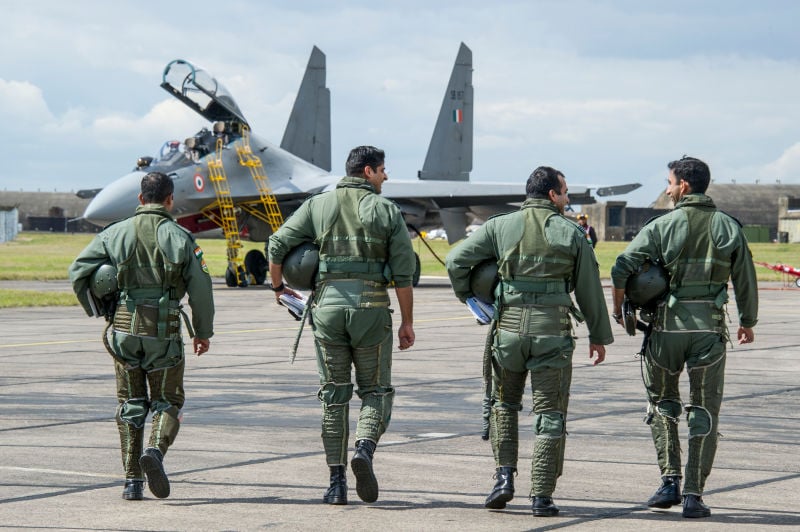
“Up high, especially if the helicopter is loaded down-as combat circumstance often forces crews to do today in Afghanistan-you often have margins of between one and five, sometimes no margin at all,” says Freyer. At sea level, the power margin might be as much as 35 percent, a substantial cushion.
ARMY FIGHTER PILOT HOW TO
Flying at altitudes ranging from 6,500 to more than 14,000 feet, he looks down at snowfields, stands of aspen, and wind-scoured mountain ridges.Īt the school, Freyer and other instructors teach pilots how to calculate their power margin-the difference between how much power they need and how much they have, based on the helicopter’s weight, pressure altitude, and outside temperature.

Freyer’s home is near the mountain resort Vail, and his office throughout the year is the right side of a cockpit. A Colorado native, he lives and breathes high altitude. It’ll come back to Earth, piloted by gravity, not you.”įreyer tells me this as we course up a canyon deep in the Colorado Rockies in an OH-58A Kiowa last fall. If you don’t have enough power available for a maneuver, the helicopter will not perform it. HAATS defines power management as knowing how much power is required for a particular maneuver, and constantly being aware of how much power is currently available. “We ask the students to define ‘power management’-most students stumble around defining this term. “The overarching goal of HAATS is to dramatically increase the students’ situational awareness while operating in a high, hot, and heavy environment,” says Colorado Army National Guard pilot Darren Freyer, a chief warrant officer and instructor at the Gypsum, Colorado school. At the High Altitude Army National Guard Aviation Training Site or HAATS, 126 miles west of Denver, helicopter pilots learn skills that will help them survive deployments to places like eastern Afghanistan’s rugged Hindu Kush mountain range. Army opened a training center to prepare pilots to fly missions in mountains or hot temperatures (in which the air also is thinner) or with a heavy load of fuel and cargo. But at higher elevations, where the air is thinner, a pilot has far less room for error.


military helicopter pilots learn to fly at sea level, where the air is dense enough to provide the greatest lift for the rotor blades and the engines can deliver peak power.


 0 kommentar(er)
0 kommentar(er)
